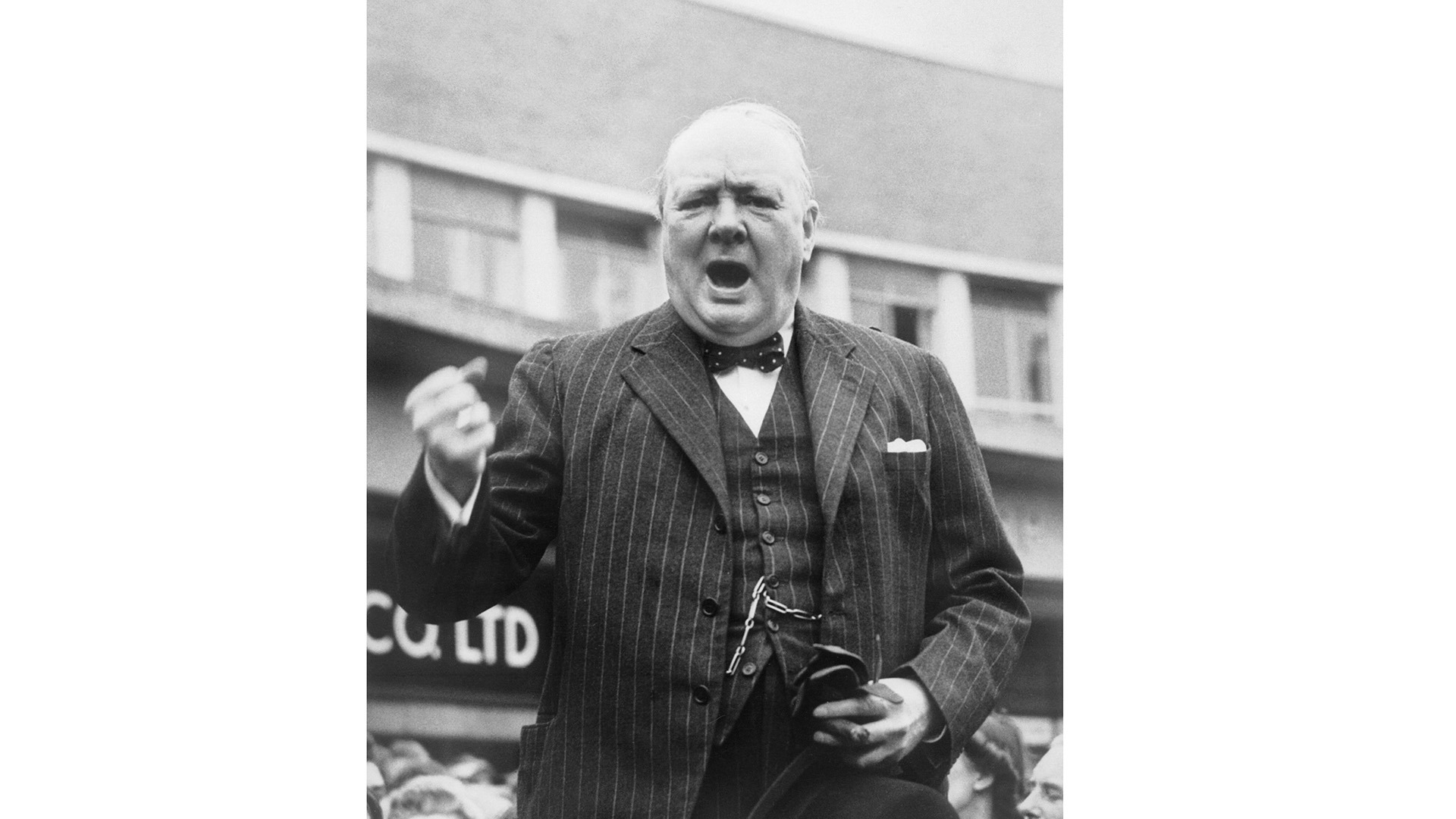The Problem with Integrity
I think about Winston Churchill a lot. A successful writer, correspondent, painter, politician and businessman, he is known for his bold principled stand against Hitler. However, zoom in and a more complex narrative emerges. After Neville Chamberlain negotiated the Munich Agreement in 1938, which sought to appease Nazi Germany by allowing them to take control … Read more

